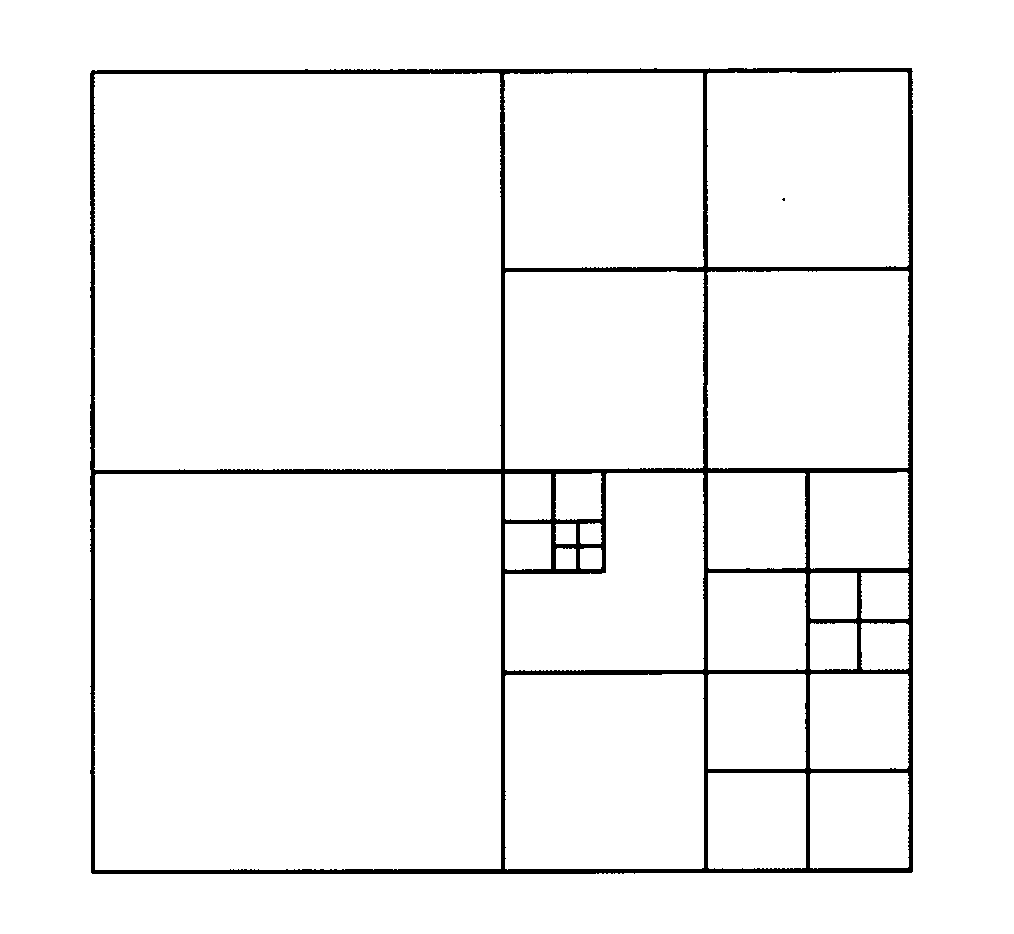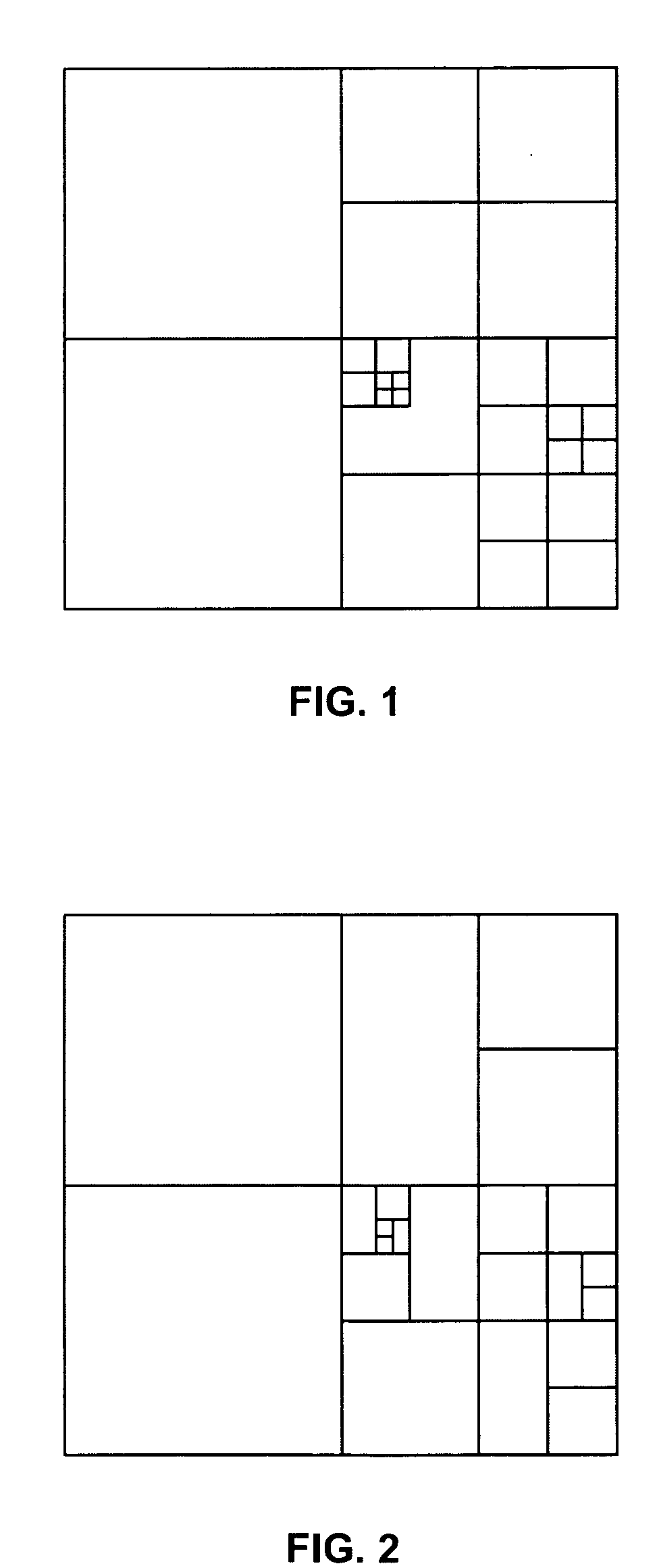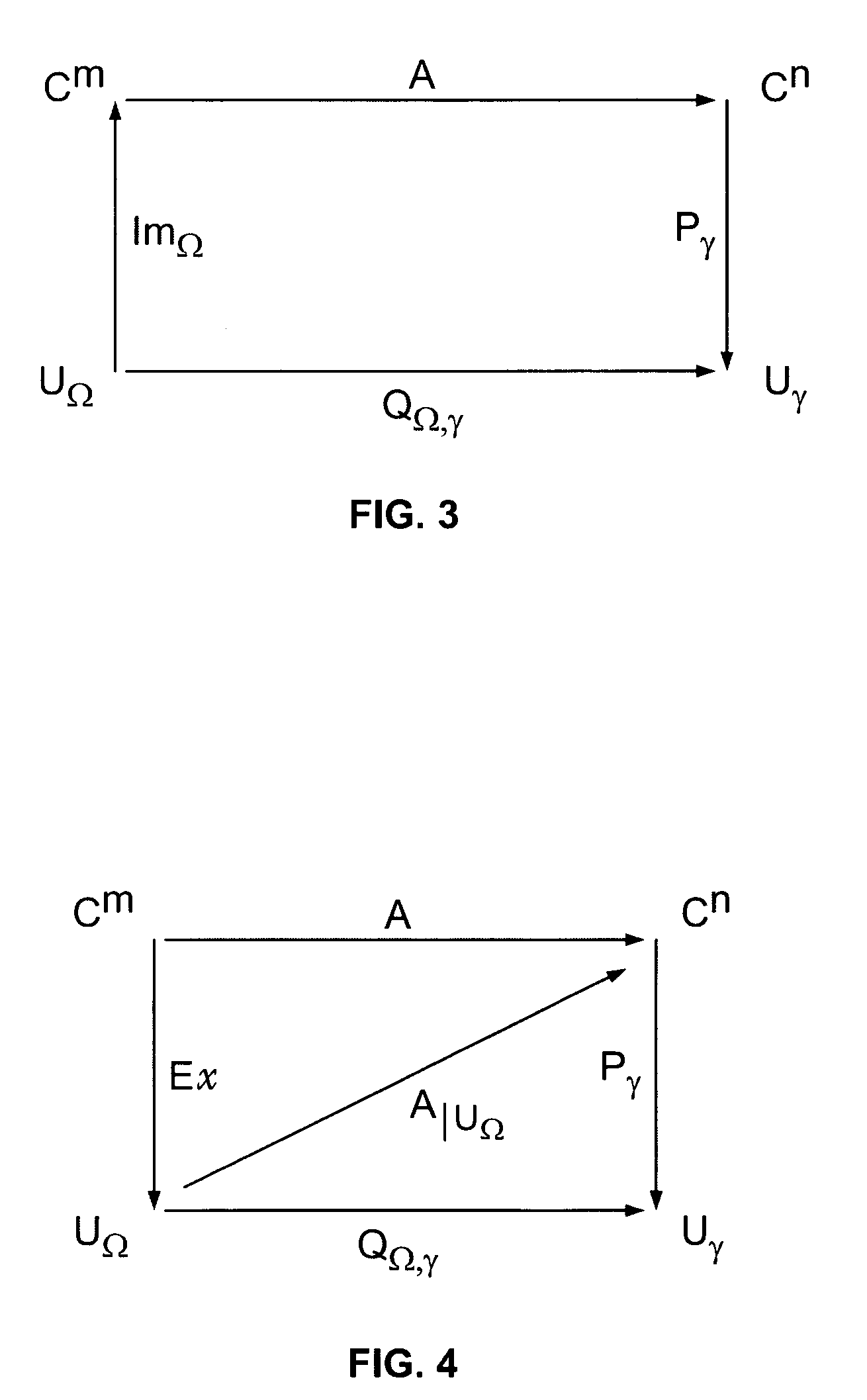Analysis method and system
a linear system and analysis method technology, applied in the field of linear system analysis methods and systems, can solve the problems of inability to handle more complicated geometries described by general curves or surfaces, and inability to efficiently handle multiply right hand sides. , to achieve the effect of easy adaptation
- Summary
- Abstract
- Description
- Claims
- Application Information
AI Technical Summary
Benefits of technology
Problems solved by technology
Method used
Image
Examples
example 1
[0212] The boundary value problems of classical potential theory are ubiquitous in engineering and physics. Most such problems can be reduced to boundary integral equations which are, from a mathematically point of view, more tractable than the original differential equations. Although the mathematical benefits of such reformulations were realized and exploited in the 19th century, until recently boundary integral equations were rarely used as numerical tools, since most integral equations upon discretization turn into dense matrices. In the 1980's, the cost of applying dense matrices resulting from potential theory to arbitrary vectors was greatly reduced by the development of “fast” algorithms (Fast Multipole Methods, panel clustering, wavelets, etc.). Combining fast matrix-vector multiplication techniques with iterative schemes for the solution of large-scale systems of linear algebraic equations, it became possible to solve well-conditioned boundary integral equations of potenti...
numerical examples
[0304] The results of a number of numerical experiments performed to assess the efficiency of the numerical scheme are presented herein. In every experimental case, a compressed factorization of the inverse of the matrix is computed resulting from Nyström discretization of one of the following three integral equations: ±12u(x)+12π∫Γ[n(y)·∇ylogx-y]u(y) ⅆs(y)=f(x),x∈Γ,(6.1)∫Γ[logx-y]u(y) ⅆs(y)=f(x),x∈Γ,(6.2)∓2iu(x)+∫Γ[(n(y)·∇y+ik)H0(kx-y)]u(y) ⅆs(y)=f(x),x∈Γ,(6.3)
where n(y) is the outward pointing unit normal of Γ at y and H0(x)=J0(x)+iY0(x) is the Hankel function of zeroth order. The equations (6.1) and (6.2) are the double and single layer equations associated with Laplace Dirichlet problems, and (6.3) is an equation associated with the Helmholtz Dirichlet problem with wave number k. In equations (6.1) and (6.3), the top sign in front of the first term refers to exterior problems and the lower sign refers to interior problems.
[0305] The kernel ...
example 2
[0345] In computational physics (and many other areas), one often encounters matrices whose ranks are (to high precision) much lower than their dimensionalities; even more frequently, one is confronted with matrices posessing large submatrices that are of low rank. An obvious source of such matrices is the potential theory, where discretization of integral equations almost always results in matrices of this type. Such matrices are also encountered in fluid dynamics, numerical simulation of electromagnetic phenomena, structural mechanics, multivariate statistics etc. In such cases, one is tempted to “compress” the matrices in question, so that they could be efficiently applied to arbitrary vectors; compression also facilitates the storage and any other manipulation of such matrices that might be desirable.
[0346] At this time, several classes of algorithms exist that use this observation. The so-called Fast Multipole Methods (FMMs) are algorithms for the application of certain classe...
PUM
 Login to View More
Login to View More Abstract
Description
Claims
Application Information
 Login to View More
Login to View More - R&D
- Intellectual Property
- Life Sciences
- Materials
- Tech Scout
- Unparalleled Data Quality
- Higher Quality Content
- 60% Fewer Hallucinations
Browse by: Latest US Patents, China's latest patents, Technical Efficacy Thesaurus, Application Domain, Technology Topic, Popular Technical Reports.
© 2025 PatSnap. All rights reserved.Legal|Privacy policy|Modern Slavery Act Transparency Statement|Sitemap|About US| Contact US: help@patsnap.com



